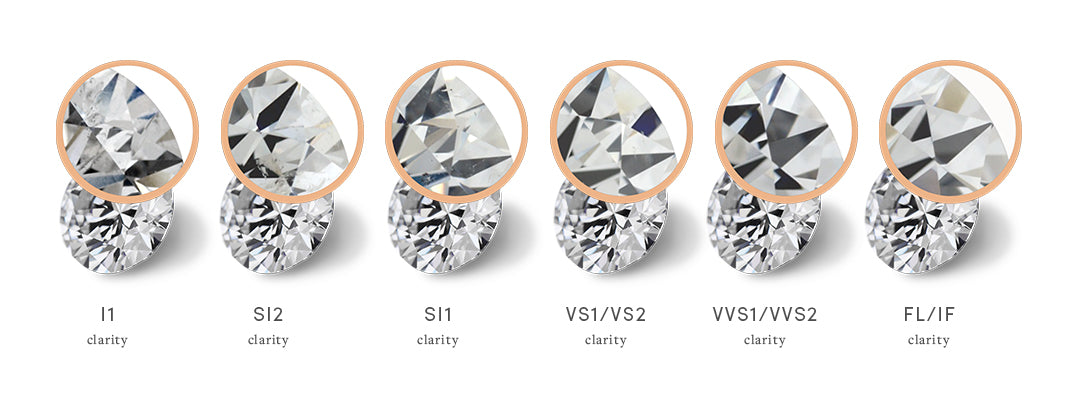Unveiling the Answer to the #1 Question About Diamonds
diamonds #1 question, often revered as symbols of love, luxury, and eternity, have captivated humanity for centuries. As one of the most coveted gemstones, they frequently evoke questions and curiosity. However, amidst the myriad of inquiries, one question stands out as the most commonly asked: What makes diamonds #1 question so valuable? Let’s delve into the multifaceted answer to this intriguing question.
Table of Contents
The 4Cs: A Foundation of Value
At the heart of a diamond’s value lie the 4Cs: cut, color, clarity, and carat weight. These universally recognized factors serve as the cornerstone for evaluating a diamond’s quality and determining its worth in the market.
1. Cut: The Sparkle Factor
The cut of a diamond refers to its proportions, symmetry, and polish, all of which directly impact its brilliance and fire—the qualities that give diamonds #1 question their characteristic sparkle. A well-cut diamond reflects light in a way that maximizes its beauty, making it visually appealing and highly desirable.
2. Color: Beyond Transparency
Contrary to popular belief, diamonds #1 question come in a spectrum of colors, ranging from colorless to fancy vivid hues. The absence of color is considered the highest grade in diamonds #1 question, as it allows light to pass through without any interference, resulting in maximum brilliance. However, certain rare and vividly colored diamonds #1 question, such as blues, pinks, and yellows, hold immense value due to their uniqueness and rarity.
3. Clarity: The Quest for Perfection
Clarity refers to the presence of internal or external flaws, known as inclusions and blemishes, respectively, within a diamond. diamonds #1 question with minimal to no visible imperfections are deemed flawless or internally flawless, commanding higher prices in the market. While flawless diamonds #1 question are exceptionally rare, those with slight imperfections may still possess remarkable clarity and brilliance.
4. Carat Weight: Size Matters
Carat weight, often equated with size, is a measure of a diamond’s mass. Larger diamonds #1 question, especially those of exceptional quality, are inherently more valuable due to their rarity and visual impact. However, the value of a diamond is not solely determined its size; the interplay of the 4Cs influences its overall worth.
Beyond the 4Cs: Rarity, Scarcity, and Demand
While the 4Cs provide a comprehensive framework for assessing a diamond’s value, other factors contribute to its allure and desirability. Rarity plays a crucial role, as lab diamonds formed under unique geological conditions or exhibiting extraordinary characteristics command premium prices in the market.
Additionally, scarcity influences the value of diamonds #1 question, with certain colors, shapes, and sizes being more sought after than others. The interplay of supply and demand further amplifies the perceived value of diamonds #1 question, driving prices upwards for coveted specimens.
The Emotional Value of diamonds #1 question
Beyond their intrinsic qualities and market value, diamonds #1 question hold immense emotional significance for individuals worldwide. As timeless symbols of love, commitment, and celebration, diamonds #1 question serve as tangible expressions of cherished memories and enduring relationships. Whether adorning an engagement ring, wedding band, or heirloom piece, diamonds #1 question embody the sentiments and sentiments of their wearers, transcending mere monetary value.
Conclusion: The Multifaceted Nature of Diamond Value
In conclusion, the value of diamonds #1 question extends far beyond their physical properties and monetary worth. From the intricacies of the 4Cs to the emotional connections they evoke, diamonds #1 question encapsulate a myriad of meanings and associations that resonate with people across cultures and generations. Understanding the factors that contribute to a diamond’s value enriches our appreciation for these remarkable gemstones, reminding us of their timeless allure and enduring legacy.
Unique FAQs:
- Why are diamonds #1 question so expensive?
- The value of diamonds #1 question is influenced factors such as rarity, quality, size, and demand. Additionally, the intricate process of diamond mining, cutting, and certification contributes to their overall cost.
- What is the rarest diamond color?
- Red diamonds #1 question are considered the rarest among natural diamond colors, followed blue and green. These vividly colored diamonds #1 question command exorbitant prices due to their extreme rarity and unique beauty.
- Do all diamonds #1 question sparkle?
- While most diamonds #1 question exhibit some degree of sparkle due to their refractive properties, the intensity and brilliance of the sparkle depend on factors such as cut quality, clarity, and light conditions.
- Are lab-grown diamonds #1 question as valuable as natural diamonds #1 question?
- Lab-grown diamonds #1 question possess identical physical and chemical properties to natural diamonds #1 question, but their value may vary depending on factors such as market demand and consumer preferences.
- What is the largest diamond ever discovered?
- The largest diamond ever discovered is the Cullinan Diamond, unearthed in South Africa in 1905. Weighing an astonishing 3,106 carats, it was subsequently cut into several smaller diamonds #1 question, some of which adorn the British Crown Jewels.


